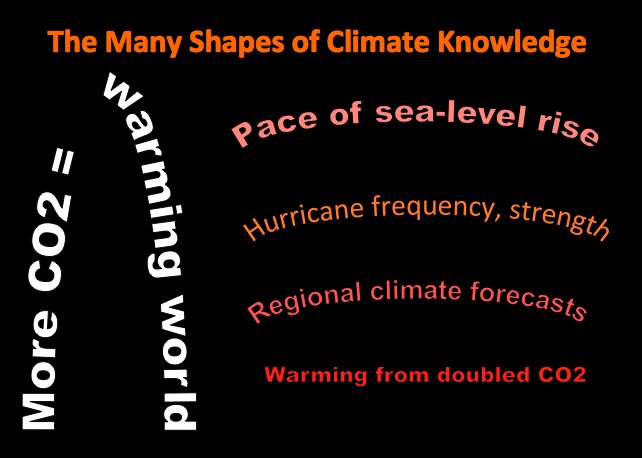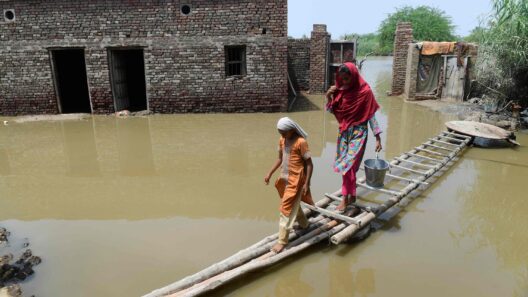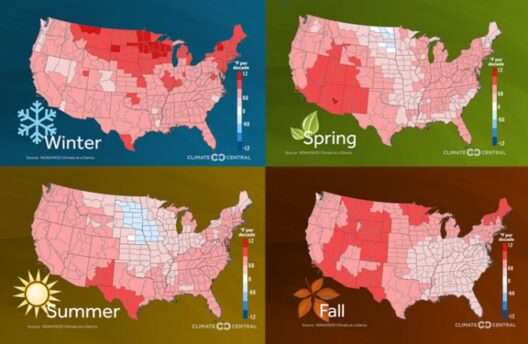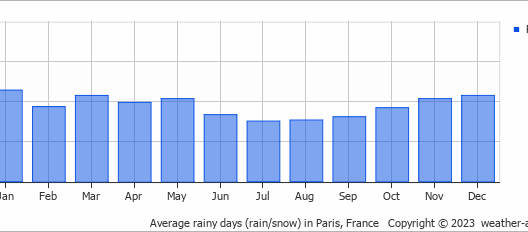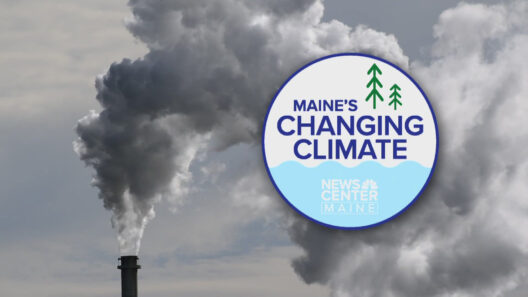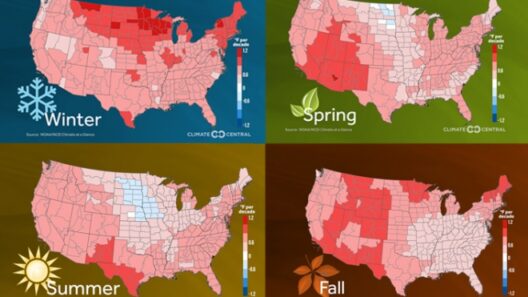The term “climate” encompasses a broader spectrum than what often meets the eye. At its core, climate refers to the long-term patterns and averages of weather conditions in a particular region or even the entire planet. It encompasses data over decades, capturing not just temperatures but also humidity, precipitation, winds, and more. Understanding climate is critical, especially in an era defined by rapid environmental changes that threaten ecosystems and human livelihoods alike.
To grasp the concept of climate fully, one must distinguish it from weather. Weather represents the short-term atmospheric conditions we experience on a daily or weekly basis—think temperature fluctuations or sudden thunderstorms. Conversely, climate is about the long view, revealing how these conditions behave over time. The average climate of a region dictates the types of flora and fauna that can thrive there, influencing everything from agriculture to urban planning.
When discussing climate, it’s essential to understand the varied components that contribute to its formulation. These include:
- Temperature: The average of daily temperature readings over a specified timeframe, indicating seasonal changes.
- Precipitation: This encompasses all forms of moisture—rain, snow, sleet, or hail—that drop from clouds in a given location.
- Wind Patterns: The movements of air that influence weather patterns and contribute to climate variations, including trade winds and prevailing westerlies.
- Humidity: The amount of moisture in the air, significantly impacting temperature perceptions and precipitation levels.
Climate is inherently local, yet its manifestations influence global phenomena. As one gazes across the globe, distinct climates emerge, classified mainly into five broad categories known as Köppen climate classifications:
- Tropical: Characterized by warm temperatures year-round, typically around the equator, with significant rainfall.
- Dry: Includes arid deserts and semiarid regions, marked by low precipitation and high evaporation rates.
- Temperate: Features variable temperatures and seasonal changes, typically found in mid-latitude areas.
- Continental: Characterized by pronounced seasons with greater temperature differences between summer and winter.
- Polar: Encompasses regions with extremely cold temperatures for most of the year, found near the Arctic and Antarctic.
In addition to these classifications, the nature of climate is continually evolving. The concept of climate change comes into play as human actions have increasingly influenced the natural world. Climate change references a significant alteration in temperature patterns, precipitation, and atmospheric composition, primarily driven by anthropogenic activities such as carbon emissions from burning fossil fuels, deforestation, and industrial processes.
As carbon dioxide levels in the atmosphere rise, primarily due to these activities, the delicate balance that sustains different ecosystems is disrupted. The resulting climate anomalies include extreme weather events such as hurricanes, droughts, and wildfires. Consequently, understanding climate and its ongoing changes is crucial not merely for environmental preservation but for safeguarding human society as well.
A critical aspect of climate education also involves the term “climate resilience,” which speaks to the capacity of communities, ecosystems, and economies to adapt to changing climate conditions. This adaptability can take many forms:
- Engineering Solutions: Infrastructure may be designed or retrofitted to withstand extreme weather, such as flood barriers in vulnerable coastal cities.
- Ecosystem-Based Adaptation: This approach hinges on preserving and enhancing natural ecosystems that provide critical services like flood regulation and carbon sequestration.
- Policy Initiatives: Governments can implement policies that promote sustainable practices, incentivize clean energy investments, and establish guidelines for reducing greenhouse gas emissions.
Moreover, understanding climate is not complete without acknowledging the socio-economic factors that intertwine with the environmental. Vulnerable populations often bear the brunt of climate change, facing heightened risks due to limited resources and capacity for adaptation. Discussions about climate justice arise, advocating for equitable treatment and supportive measures for those disproportionately affected by climate impacts.
As one delves deeper into the implications of climate, one may encounter various interdisciplinary fields intersecting at this nexus—climatology, meteorology, ecology, and even economics serve as lenses through which climate can be examined. Each discipline provides valuable insights, aiding in the development of comprehensive strategies for mitigation and adaptation.
In conclusion, climate serves as a fundamental component of the Earth’s systems, intricately linked with ecological balance and human existence. Disentangling its complexities is vital for fostering informed discussions surrounding climate action. As we navigate this era of transformation, a robust understanding of climate fundamentals will empower individuals, communities, and nations to adeptly confront the challenges presented by our ever-changing environment.
This process demands both awareness and action; it requires collective efforts to innovate, adapt, and hold ourselves accountable as stewards of the planet. The future hinges on our understanding of climate and the informed decisions we make today.



